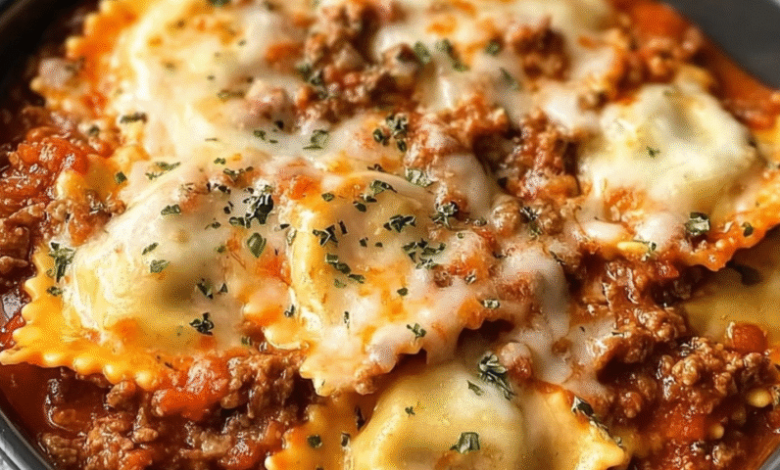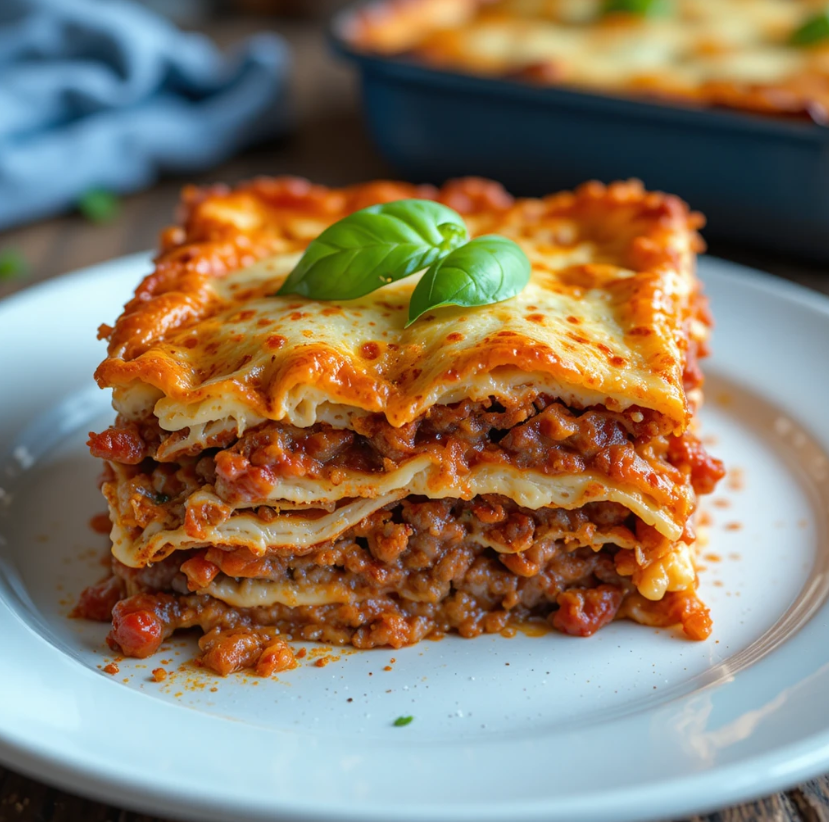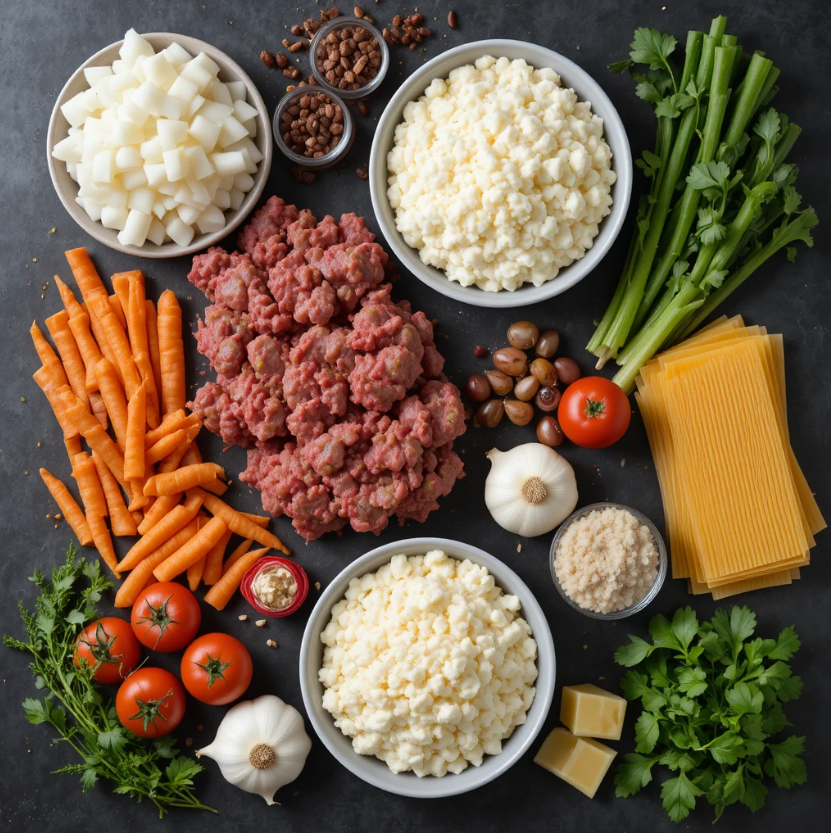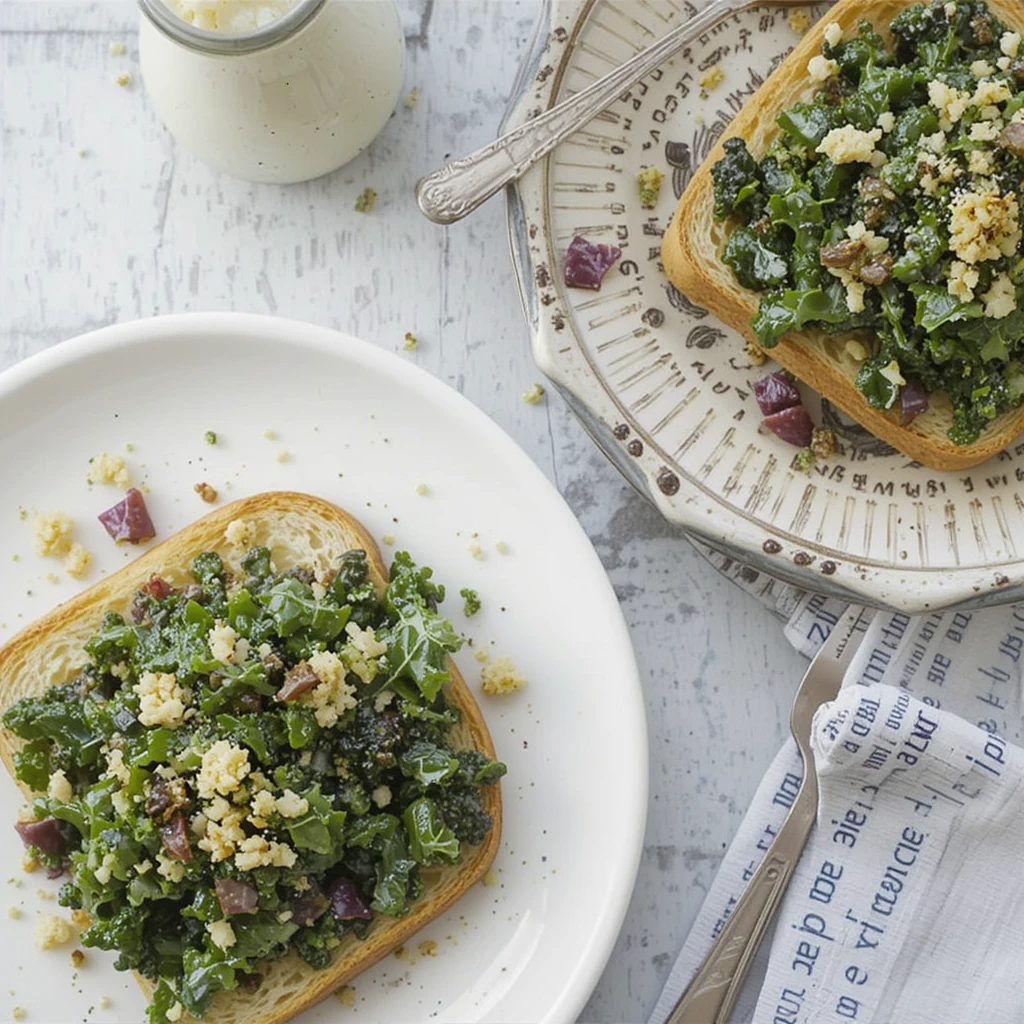Crafting the Perfect Lasagna: A Culinary Journey to Italy

There’s something undeniably magical about a perfect lasagna. It’s more than just a pasta dish; it’s a symphony of flavors, textures, and comfort, layered with history and love. The rich, savory meat sauce, the creamy blend of cheeses, the tender pasta sheets that hold it all together each bite feels like a warm embrace. For many, making lasagna from scratch can seem like a daunting task reserved for nonnas and professional chefs. But I’m here to tell you that crafting an authentic, show-stopping lasagna in your own kitchen is not only possible it’s an incredibly rewarding journey. This guide is your passport to Italy. We’ll walk through every step, from simmering the ragù to achieving that golden, bubbly crust. Whether you’re a novice cook or a seasoned home chef looking to refine your technique, this recipe is designed for success. So, tie on your apron, and let’s embark on this delicious adventure to create the ultimate homemade lasagna.

The Heart of the Dish: Gathering Your Ingredients
The secret to an incredible lasagna lies in the quality of its components and a little patience. Each layer contributes to the final masterpiece. Here’s everything you’ll need to create this culinary classic. I recommend measuring and preparing all your ingredients before you start (a technique called mise en place) to make the cooking process smooth and enjoyable.
For the Classic Ragù (Meat Sauce):
- 2 tablespoons olive oil
- 1 large onion, finely chopped
- 2 carrots, finely chopped
- 2 celery stalks, finely chopped
- 4 cloves garlic, minced
- 1 pound (450g) ground beef (80/20 blend for flavor)
- 1 pound (450g) ground Italian sausage (mild or hot, based on preference)
- ½ cup (120ml) dry red wine (like Chianti or Merlot)
- 2 (28-ounce / 800g) cans of whole San Marzano tomatoes, crushed by hand
- 3 tablespoons tomato paste
- 1 cup (240ml) beef or chicken broth
- 2 teaspoons dried oregano
- 1 teaspoon dried basil
- 2 bay leaves
- Salt and freshly ground black pepper, to taste
- A pinch of sugar (optional, to balance acidity)
For the Ricotta Cheese Mixture:
- 15 ounces (425g) whole-milk ricotta cheese
- 1 large egg
- ½ cup (50g) grated Parmesan cheese
- ¼ cup fresh parsley, finely chopped
- ¼ teaspoon freshly grated nutmeg
- ½ teaspoon salt
- ¼ teaspoon black pepper
For Assembly:
- 12 no-boil lasagna noodles (or fresh lasagna sheets if available)
- 1 pound (450g) low-moisture mozzarella cheese, shredded (about 4 cups)
- 1 cup (100g) grated Parmesan cheese
- Fresh basil or parsley, for garnish

Your Step-by-Step Guide to the Perfect Lasagna
Follow these detailed steps to build your lasagna layer by layer. Don’t rush the sauce—it’s the foundation of your dish’s flavor.
Part 1: Building Flavor with the Ragù
This slow-simmered sauce is non-negotiable for an authentic taste.
- Sauté the Aromatics: In a large, heavy-bottomed pot or Dutch oven, heat the olive oil over medium heat. Add the chopped onion, carrot, and celery (this trio is called a soffritto in Italian). Cook for 8-10 minutes, stirring occasionally, until the vegetables are softened and fragrant.
- Brown the Meat: Add the minced garlic and cook for 1 minute until fragrant. Increase the heat to medium-high and add the ground beef and sausage. Cook, breaking the meat up with a spoon, until it is no longer pink and nicely browned, about 8-10 minutes.
- Deglaze with Wine: Pour in the red wine, scraping up any browned bits stuck to the bottom of the pot (this is flavor!). Let it simmer until the wine is mostly evaporated, about 3-4 minutes.
- Simmer to Perfection: Stir in the hand-crushed tomatoes, tomato paste, broth, oregano, basil, bay leaves, salt, and pepper. Bring the sauce to a low boil, then immediately reduce the heat to the lowest setting. Partially cover the pot and let it simmer gently for at least 2 hours, stirring occasionally. The longer it simmers (up to 4 hours), the deeper the flavor. Taste and adjust seasoning, adding a pinch of sugar if the tomatoes taste too acidic. Remove bay leaves before assembling.
Part 2: Preparing the Cheese Layers
While the sauce simmers, prepare your cheese mixtures.
- Make the Ricotta Filling: In a medium bowl, combine the ricotta cheese, egg, ½ cup Parmesan, chopped parsley, nutmeg, salt, and pepper. Mix until well blended. Cover and refrigerate until ready to use.
- Shred the Cheese: Shred your mozzarella cheese and grate the remaining Parmesan. Keeping them separate makes assembly easy.
Part 3: Assembling Your Lasagna Masterpiece
Preheat your oven to 375°F (190°C). Lightly grease a 9×13 inch baking dish.

- First Layer: Sauce. Spread about 1 ½ cups of the meat sauce evenly over the bottom of the prepared dish. This prevents the noodles from sticking.
- Second Layer: Noodles. Place 4 lasagna noodles over the sauce, side by side (they can slightly overlap).
- Third Layer: Ricotta. Spread ⅓ of the ricotta mixture evenly over the noodles.
- Fourth Layer: Mozzarella & Sauce. Sprinkle with 1 cup of shredded mozzarella, then spoon about 1 ½ cups of meat sauce over the cheese.
- Repeat: Repeat the layers two more times: Noodles, Ricotta, Mozzarella, Sauce.
- Final Top Layer: For the final layer, place the last 4 noodles. Top with the remaining meat sauce, ensuring the noodles are completely covered. Sprinkle the remaining mozzarella and the reserved 1 cup of Parmesan cheese evenly over the top.
Part 4: Baking to Golden Perfection
- Cover and Bake: Cover the baking dish tightly with aluminum foil (to prevent the cheese from burning). Bake on the middle rack for 25 minutes.
- Uncover and Brown: Remove the foil and continue baking for an additional 20-25 minutes, until the top is golden brown and the sauce is bubbling around the edges.
- The Crucial Rest: This is the most important step for clean slices! Let the lasagna rest, uncovered, for at least 25-30 minutes before cutting. This allows the layers to set.
- Serve and Garnish: Cut into squares, garnish with fresh basil or parsley, and serve.
Pro Tips for Lasagna Success
- No-Boil Noodles are Your Friend: They absorb moisture from the sauce and cook perfectly during baking, saving you a step. Ensure the noodles are completely covered with sauce to prevent hard edges.
- Fresh vs. Dried Herbs: For the ricotta mixture and garnish, fresh herbs like parsley and basil make a world of difference. For the long-simmered sauce, dried herbs hold up better.
- Make-Ahead Magic: Lasagna is an ideal make-ahead dish. You can assemble it completely, cover, and refrigerate for up to 24 hours before baking. You may need to add 10-15 minutes to the baking time if it goes into the oven cold. It also freezes beautifully before or after baking.
- Customize It! Feel free to adapt: use only beef, add a layer of sautéed spinach or mushrooms to the ricotta, or use a blend of Italian cheeses like provolone or asiago.
Bring Italy to Your Table
Congratulations! You’ve just crafted a classic, heartwarming lasagna that rivals any Italian trattoria. This dish is meant to be shared gather your family or friends, serve it with a simple green salad and some crusty garlic bread, and watch the smiles appear. Remember, cooking is a journey, not a race. Each time you make this recipe, you’ll make it your own. Don’t be afraid to tweak and adjust. So, what are you waiting for? Preheat that oven, pour yourself a glass of the red wine you used for the sauce, and start your own culinary journey to Italy tonight. Buon appetito
